We put the Honor Magic6 Pro through our rigorous SBMARK Selfie test suite to measure its performance in photos and videos from an end-user perspective. This article analyzes the behavior of the device in a series of tests and several common use cases and aims to highlight the most important results of our tests with an excerpt of the acquired data.
Overview
Front camera main specifications:
- 50MP sensor
- Lens with f/2.0 aperture
- Auto focus
- 4K video at 30 fps, 1080p at 30/60 fps (4K at 30 fps tested)
Against
- Slightly strong contrast in backlit scenes
- Loss of fine detail in low light
- Sharpness differences between frames in video with motion
- Artifacts such as hue shift near saturation are sometimes visible in outdoor and indoor conditions
The Honor Magic6 Pro delivered an impressive performance in the SBMARK Selfie test, achieving its highest overall score to date. The updated front camera hardware of the new model has undoubtedly contributed to this outstanding result and has helped achieve notable improvements over its predecessor. While the Magic5 Pro had to make do with a 12MP image sensor and an f/2.4 aperture lens, the new device features a 50MP resolution and a larger f/2 aperture, offering light-gathering capabilities significantly better. Additionally, the new Snapdragon 8 Gen 3 chipset offers plenty of image processing power, and the addition of an autofocus system allows for precise focusing at all subject distances.
In our tests, the Honor Magic6 Pro delivered the most comprehensive performance to date, achieving excellent results in all sub-attributes. It was even better than the previous n. 1, the Apple iPhone 15 Pro Max, in most test areas, with the exception of exposure and color in both photos and videos. Comparing the two flagship devices, we can see that the iPhone generally provides better contrast and more vibrant colors. However, iPhone images also have significant amounts of noise. The Honor Magic6 Pro, on the other hand, does particularly well with noise, offering an impressive compromise between texture preservation and noise reduction.
Please note that the Magic6 Pro was tested in SDR format for both photos and videos as there is no HDR format available when shooting with the front camera. The Apple iPhone 15 Pro Max was tested in HDR mode.
Honor Magic 6 Pro vs Ultra-Premium Selfie Scores
This chart compares overall SBMARK Selfie scores for photos and videos between tested and reference devices. The average and maximum scores of the price range are also indicated. The average and maximum scores for each price segment are calculated based on the SBMARK device database.
Test summary
About SBMARK selfie tests: For scoring and analysis, SBMARK engineers capture and evaluate more than 1,500 test images in both controlled laboratory environments and natural outdoor, indoor, and low-light scenes, using default front camera settings. The photography protocol is designed to take user needs into account and is based on typical shooting scenarios, such as close-ups and group selfies. Evaluation is performed by visually examining images Cons a natural scene reference and performing objective measurements on laboratory-captured graph images under varying lighting conditions from 1 to 1,000+ lux and color temperatures from 2,300 K to 6,500 K. Learn more information about the SBMARK Selfie test protocol, click here. More details on how we rate smartphone cameras can be found here. The following section compiles key elements of SBMARK’s comprehensive testing and analysis. Full performance evaluations are available upon request. Please contact us to find out how to receive a full report.
Honor Magic 6 Pro photography scores compared to Ultra-Premium
Photography tests analyze image quality attributes such as exposure, color, texture and noise under various lighting conditions. The focus range and presence of artifacts are also evaluated on all images captured under controlled laboratory conditions and in real-life images. All of these attributes have a significant impact on the final quality of images captured with the tested device and can help understand the camera’s key strengths and weaknesses.
In our front camera tests, the Honor Magic6 Pro achieved the best score to date for photos, significantly surpassing its predecessor Magic5 Pro. The wide depth of field and associated ability to keep all subjects in focus are have proven to be one of the main strengths. Furthermore, the camera managed to keep noise levels low in most test conditions, offering a good compromise between texture and noise. While exposure and color rendering weren’t as good as on the iPhone 15 Pro Max, the Honor was still among the best in these testing areas. The natural bokeh effect was another favorite of our testers, with the Honor achieving the best results we’ve seen so far for this test. On the downside, some image artifacts may be noticeable, especially in difficult backlit or low-light scenes.

Honor Magic6 Pro – Pleasant color rendering, precise target exposure and high level of detail.
Exposure
90
Apple iPhone 15 Pro
Apple iPhone 15 Pro
Exposure is one of the key attributes for technically good images. The main attribute evaluated is the brightness of faces in various use cases and lighting conditions. Other factors evaluated are contrast and dynamic range, e.g. the ability to make details visible in both bright and dark areas of the image. Repeatability is also important because it demonstrates the camera’s ability to provide the same rendering when shooting consecutive images in a row.
Compared to its predecessor Honor Magic5 Pro, the Magic6 Pro offers better facial contrast, especially in difficult backlit scenes. That said, it still wasn’t on the same level as the Apple iPhone 15 Pro Max in this respect. The camera was also capable of capturing a wide dynamic range.
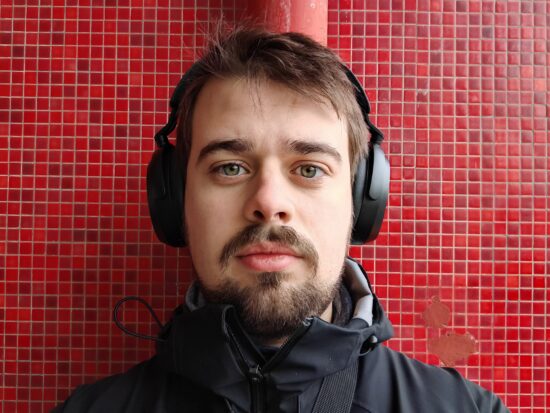
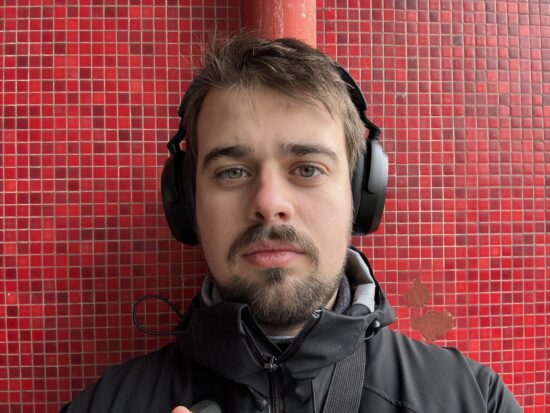
Apple iPhone 15 Pro Max – Pleasant contrast
Color
97
Google Pixel 8 Pro
Google Pixel 8 Pro
Color is one of the key attributes for technically good images. The image quality attributes analyzed are skin tone rendering, white balance, color shading and repeatability.
The Magic6 Pro generally captures images with a neutral white balance, but slight color casts may be evident in some scenes. Skin tones and color rendition were pleasant overall, but colors appeared slightly desaturated in some scenes. Our testers sometimes found skin tones on dark-skinned models to be slightly too red.
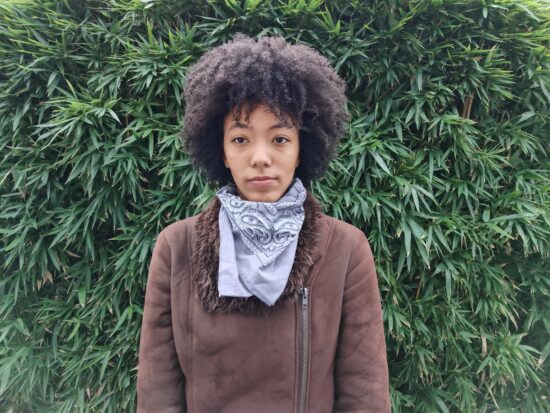
Honor Magic6 Pro – Slightly desaturated colors, occasionally slightly cool cast
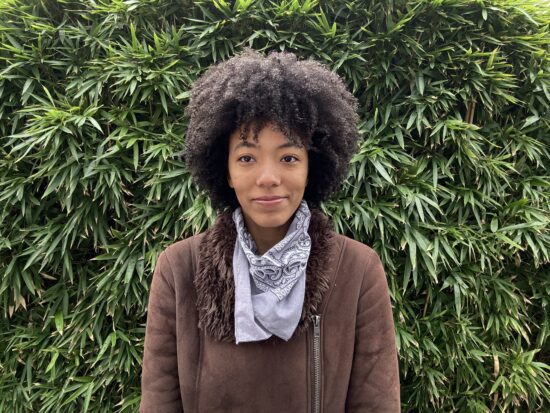
Apple iPhone 15 Pro Max – Bright, vibrant colors, natural skin tones
Autofocus tests evaluate the precision of focus on the subject’s face, the repeatability of accurate focus, and the depth of field. While a shallow depth of field can be nice for a single-subject selfie or close-up shot, it can be problematic in specific conditions like group selfies; both situations are tested. Focus accuracy is also evaluated in all real images taken, from 30cm to 150cm, and in low-light or outdoor conditions.
Despite the large f/2.0 aperture, the Honor Magic6 Pro offers a wide depth of field. The addition of an autofocus system allows for precise adjustment of the AF point. As a result, in our tests, the camera was able to keep all faces in focus in group scenes.
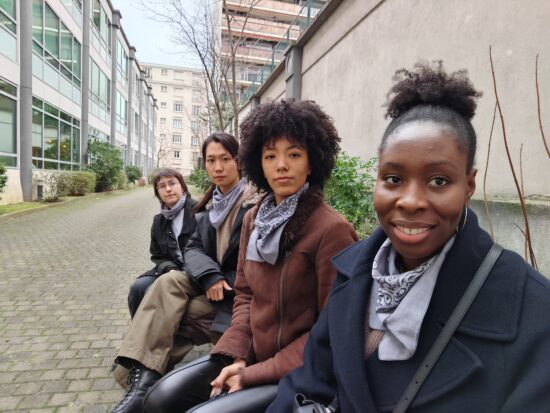
Honor Magic6 Pro – Depth of field

Honor Magic6 Pro: face in the background (and all other faces) in focus, wide depth of field
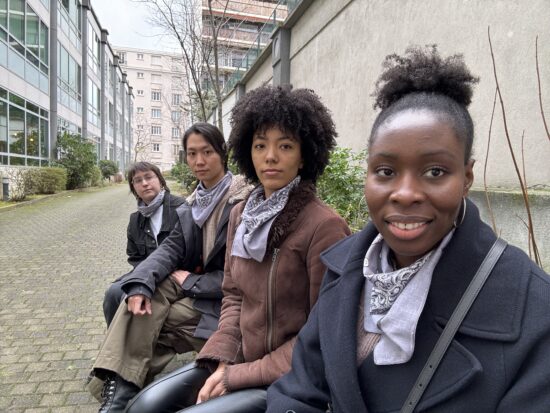
Apple Iphone 15 Pro Max – Shallow depth of field

Apple Iphone 15 Pro Max – The face in the background is blurry, slightly limited depth of field
Structure
73
Asus ZenFone 7 Pro
Asus ZenFone 7 Pro
Texture tests analyze the level of detail and texture of subjects in images taken in the lab and in real-life scenarios. For natural shots, special attention is paid to the level of detail of facial features, such as the eyes. Objective measurements are performed on map images taken under various lighting conditions from 1 to 1000 lux and different types of dynamic range conditions. The papers used are the proprietary SBMARK (DMC) paper and the Dead Leaves paper.
The Magic6 Pro front camera captured fairly good detail in daylight and when shooting indoors. However, in low light conditions there was a loss of detail. Our testers also observed unnatural detail rendering in some scenes, especially in low-light conditions.
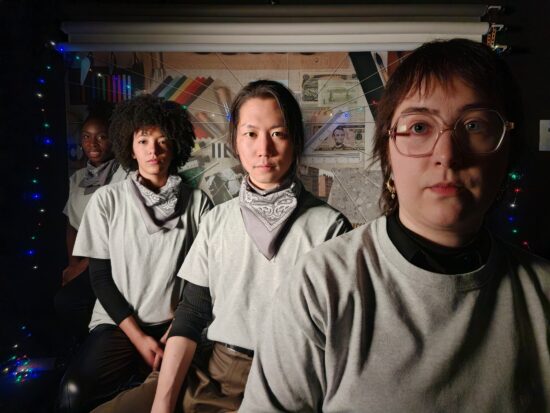
Honor Magic6 Pro – Detail

Honor Magic6 Pro – Good details but unnatural rendering of hair details

Apple iPhone 15 Pro Max – Detail

Apple iPhone 15 Pro Max – Details acceptable
Evolution of texture sharpness with illuminance level
Noise
93
Huawei Mate 50 Pro
Huawei Mate 50 Pro
Noise tests analyze various noise attributes such as intensity, chromaticity, grain and texture on real images and on graph images taken in the laboratory. For natural images, particular attention is paid to noise on faces, but also to dark areas and high dynamic range conditions. Objective measurements are performed on graph images taken under various conditions from 1 to 1000 lux and different types of dynamic range conditions. The graph used is the SBMARK Dead Leaves graph and the standardized measurement such as visual noise derived from ISO 15739.
The Honor Magic6 Pro managed to maintain a good compromise between texture and noise in all lighting conditions, surpassing the iPhone 15 Pro Max in this aspect. The difference between the two cameras was most noticeable in low-light conditions, where the Honor managed to achieve visibly lower noise levels.
Evolution of visual noise with illuminance levels under handheld conditions
This graph shows the evolution of the visual noise metric with lux level in handheld conditions. The visual noise metric is the average of the visual noise measurement across all areas of the Dead Leaves graph in the Close-up Dead Leaves setting. SBMARK visual noise measurement is derived from the ISO15739 standard.
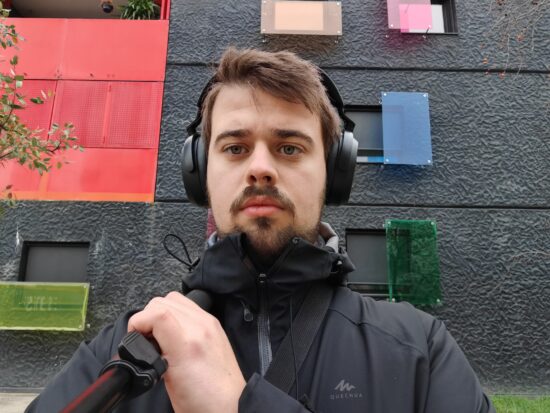
Honor Magic6 Pro – External noise

Honor Magic6 Pro – Facial noise well controlled
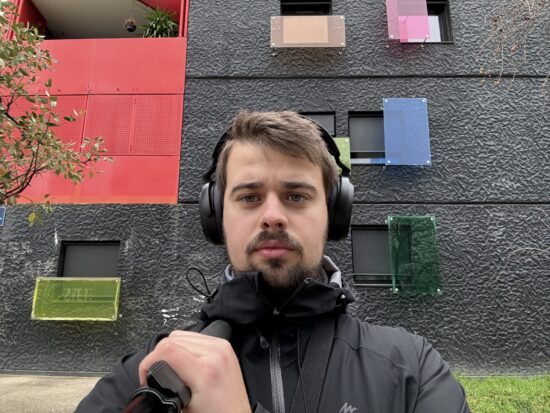
Apple iPhone 15 Pro Max – External noise

Apple iPhone 15 Pro Max – Subtle luminance noise on face

Honor Magic6 Pro – Low Noise Light

Honor Magic6 Pro – Slight noise

Apple iPhone 15 Pro Max – Low noise

Apple iPhone 15 Pro Max – Noise
Artifacts
78
Apple iPhone 15 Pro
Apple iPhone 15 Pro
Artifact evaluation looks at lens shading, chromatic aberrations, distortion measurements on the Dot and MTF graph, and sound measurements on the SFR graph in the lab. Particular attention is paid to ghosting, quantization, halos and tone changes on the face, among others. The more severe and frequent the artifact, the greater the point deduction from the score. The main artifacts observed and the corresponding point loss are listed below.
Our experts found some noticeable artifacts in Magic6 Pro’s image output, including color quantization and face rendering artifacts. While the camera captured high levels of detail on the eyes and edges of facial features, skin texture was sometimes rendered unnaturally. Color quantization may be quite noticeable, especially in low light conditions. Testers also observed a loss of sharpness towards the edges of the frame, as well as a shift in tone near the cropped areas.
Major penalties for photography artifacts
Bokeh is tested in a dedicated mode, usually portrait or aperture mode, and analyzed by visually inspecting all images captured in the laboratory and in natural conditions. The goal is to reproduce a portrait photograph comparable to one taken with a DSLR and a wide aperture. The main image quality attributes that were paid attention to are depth estimation, artifacts, blur gradient, and the shape of the bokeh blur spotlights. The quality attributes of the portrait image (exposure, color, texture) are also taken into account.
The Honor Magic6 Pro achieved the best results to date for selfie bokeh. The Bokeh simulation was very natural, with pleasant blur and smooth transitions. Additionally, the spotlights in the background were rendered naturally, with high contrast and a well-defined shape.

Honor Magic6 Pro – Good depth estimation, no artifacts
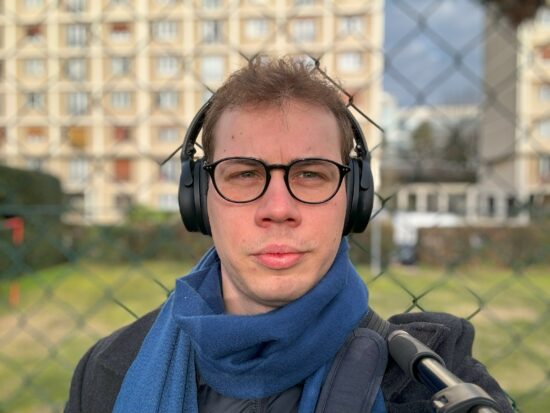
Apple iPhone 15 Pro Max – Artifacts due to depth estimation in complex scenes.
video
155
Apple iPhone 15 Pro
Apple iPhone 15 Pro
About SBMARK selfie video tests
SBMARK engineers capture and evaluate more than 2 hours of video in controlled laboratory environments and natural low-light scenes, indoors and outdoors, using default front camera settings. The evaluation consists of visual inspection of natural videos taken under various conditions and performing objective measurements on videos of graphs recorded in the laboratory under different conditions from 1 to 1000+ lux and color temperatures from 2,300 K to 6,500 K.
Honor Magic 6 Pro video scores compared to Ultra-Premium
The Honor Magic6 Pro video mode was tested at 4K resolution and 30 frames per second as this configuration provided the best overall video quality. At these settings, video performance was great in most subtests, with high levels of detail and low noise in most conditions. Texture and noise were also the most improved areas over the Magic5 Pro and the main advantage over the Apple iPhone 15 Pro Max. Additionally, dynamic range was wide in most testing conditions and color rendition was pleasing. As with still images, a wide depth of field helped keep multiple subjects in a scene in focus. Video stabilization was the Honor’s only weak point compared to its direct rivals in the Ultra Premium segment.
Exposure
84
Apple iPhone 15 Pro
Apple iPhone 15 Pro
Video target exposure was accurate in most conditions, but our testers occasionally observed underexposure in low-light clips. Dynamic range was generally wide, but highlight clipping could occur in some bright light scenes.
Honor Magic6 Pro – Accurate target exposure, wide dynamic range with pleasant contrast
Apple iPhone 15 Pro Max – Accurate target exposure, slight clipping on face
Color
87
Apple iPhone 15 Pro
Apple iPhone 15 Pro
Exposure tests evaluate facial brightness and dynamic range, e.g. the ability to make details visible in both bright and dark areas of the image. The stability and temporal adaptation of the exposure are also analyzed. Image quality color analysis examines skin tone rendering, white balance, color shading, white balance stability and how it adapts when the light changes.
Our testers found the Magic6 Pro’s video color rendition to be nice and pleasant when recording in bright light and indoors. Additionally, the camera captured beautiful skin tones and managed a neutral white balance. However, in more difficult backlit scenes, we observed some noticeable color rendering issues and color casts.
Apple iPhone 15 Pro Max – Nice color rendition, no cast, natural skin tones
Structure
89
Asus Zenfone 6
Asus Zenfone 6
Texture tests analyze the level of detail and texture of real videos and graphics videos recorded in the lab. Natural video footage is evaluated visually, with particular attention to the level of detail of facial features. Objective measurements are performed on chart images taken under various conditions from 1 to 1000 lux. The chart used is the Dead Leaves chart.
Video clips recorded on the Magic6 Pro front camera in bright conditions offered high levels of texture. Furthermore, the finer details have been preserved well.
Evolution of texture sharpness with illuminance level
This graph shows the evolution of texture sharpness with lux level for two holding conditions. Texture sharpness is measured on the Dead Leaves graph in the Close-up Dead Leaves setting.
Noise
80
Xiaomi Mi 11 Ultra
Xiaomi Mi 11 Ultra
Noise tests analyze various noise attributes such as intensity, chromaticity, grain, structure, temporal aspects on real video recordings and on videos of graphs taken in the laboratory. Natural videos are evaluated visually, with particular attention to noise on faces. Objective measurements are performed on graph videos recorded under various conditions from 1 to 1000 lux. The graph used is the SBMARK visual noise graph.
Both visual noise and temporal noise were quite well controlled when recording video in bright light. However, noise tended to become noticeable in the background of low-light scenes.
Evolution of spatial visual noise with illuminance level
This graph shows the evolution of spatial visual noise with lux level. Spatial visual noise is measured on the visual noise graph in the video noise setup. SBMARK visual noise measurement is derived from the ISO15739 standard.
Temporal evolution of visual noise with illuminance level
This graph shows the evolution of temporal visual noise with lux level. Temporal visual noise is measured on the visual noise graph in the video noise setup.
Stabilization
75
Apple iPhone 15 Pro
Apple iPhone 15 Pro
The stabilization rating checks the device’s ability to stabilize footage thanks to software or hardware technologies such as OIS, EIS or any other means. The evaluation examines overall residual motion on the face and background, smoothness, and yellow artifacts, during walking and panning use cases under various lighting conditions. The video below is an excerpt of one of the scenes tested.
The Magic6 Pro’s video stabilization performed at a very similar level to that of the iPhone 15 Pro Max, with some camera shake still evident and moderate differences in sharpness between frames. At times, the footage from the Honor Magic6 Pro also showed a slight frame shift.
Honor Magic6 Pro – Camera shake, differences in sharpness between frames, slight frame shift
Apple iPhone 15 Pro Max – Sharpness differences between frames
Artifacts
87
Apple iPhone 12 mini
Apple iPhone 12 mini
Artifacts are evaluated with MTF and ringing measurements on the SFR graph in the lab, as well as frame rate measurements using the LED universal timer. Natural videos are visually evaluated by paying particular attention to artifacts such as quantization, hue shift, and face rendering artifacts, among others. The more severe and frequent the artifact, the greater the deduction of points from the score. The main artifacts and the corresponding point loss are listed below
Hue shift near cropped areas and on faces was a common occurrence in the Honor’s video clips during our testing. In low-light conditions, our testers also observed some artifacts in the rendering of faces.
Top penalties for video artifacts

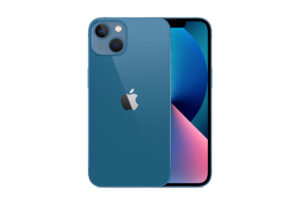
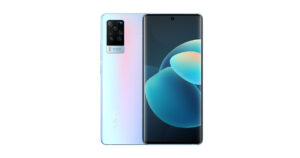
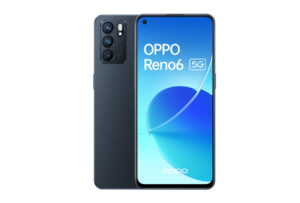
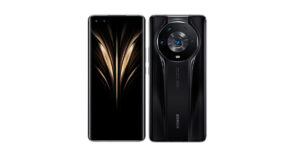
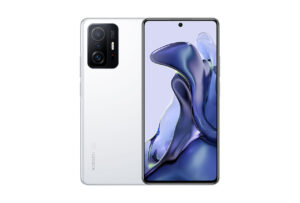
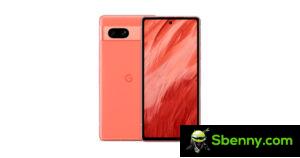
Start a new Thread